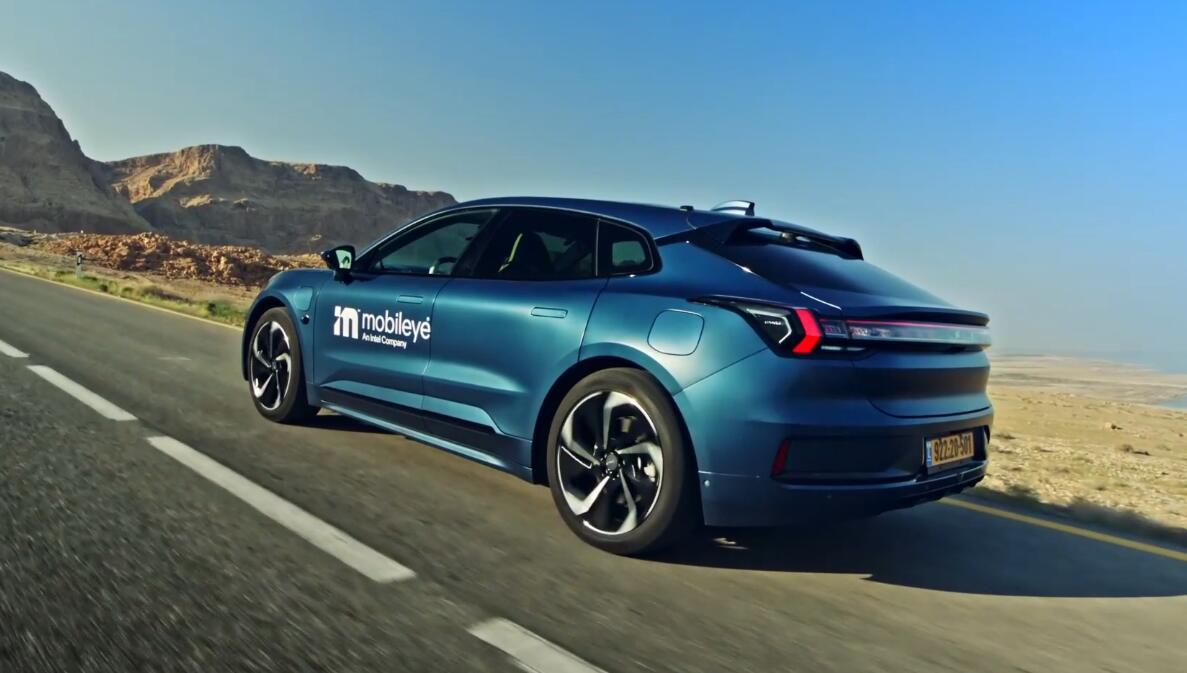More Geely brands to feature Mobileye's assisted driving system besides Zeekr
Zeekr will also feature Mobileye SuperVision on two new models and work with Mobileye to develop new LiDAR-based features.

(Image credit: Mobileye)
Chinese auto giant Geely will equip more of its brands with Intel subsidiary Mobileye's assisted driving system, which is currently being used in Zeekr's first model, the Zeekr 001.
Mobileye and Geely Holding Group announced Monday that they will further expand their collaboration on advanced driver-assistance systems (ADAS) and autonomous vehicle technologies.
Following Mobileye's partnership with Zeekr, three other Geely brands plan to begin rolling out Mobileye SuperVision-equipped electric vehicle (EV) models globally in 2023, according to a press release from Mobileye.
The press release does not reveal which three brands, but Geely Holding Group's passenger car brands include Geely, Volvo, Zeekr, Lotus, Smart, LEVC and Radar.
Zeekr will also feature Mobileye SuperVision on two new models and work with Mobileye to develop new LiDAR-based capabilities, the Mobileye press release said.
To date, more than 40,000 Mobileye SuperVision-equipped Zeekr 001 EVs are on the road, and future OTA upgrades will allow Zeekr 001 owners to unlock the full functionality of SuperVision, according to the release.
"This is only the beginning of potential applications for this technology, and with these new projects, we will demonstrate how SuperVision can be adapted to any brand's specific needs," said Amnon Shashua, Mobileye president and CEO.
Mobileye SuperVision is powered by two 7nm EyeQ 5H system-on-chips and supports point-to-point assisted driving in a variety of road conditions from highways, urban arterials, rural roads to city streets, according to the company.
Mobileye SuperVision enables vehicles to automatically change lanes, safely negotiate intersections, manage driving priorities and support features such as automatic parking, automatic steering and braking.
The system uses 11 high-definition cameras, including seven 8-million long-range HD cameras and four parking cameras, to achieve full 360° visual coverage around the vehicle.
Notably, because Mobileye's assisted driving system is more closed, local Chinese car companies have become more inclined to use chips provided by companies including Nvidia and develop their own assisted driving systems based on these chips.
Nio used Mobileye EyeQ4 chips in its NT 1.0 platform-based models ES8, ES6, and EC6, but starting with ET7, the company switched to Nvidia's DRIVE Orin chips in its NT 2.0 platform-based models.
On September 20, Nvidia unveiled DRIVE Thor, a new system for autonomous driving, as a successor to DRIVE Orin, targeting automakers' 2025 models.
The first customer Nvidia announced at the time that will use DRIVE Thor is Zeekr, which will integrate DRIVE Thor on a centralized onboard computer for its next-generation smart electric vehicles, with production starting in early 2025.
Nvidia unveils new system for autonomous driving, DRIVE Thor, with Zeekr as first customer

